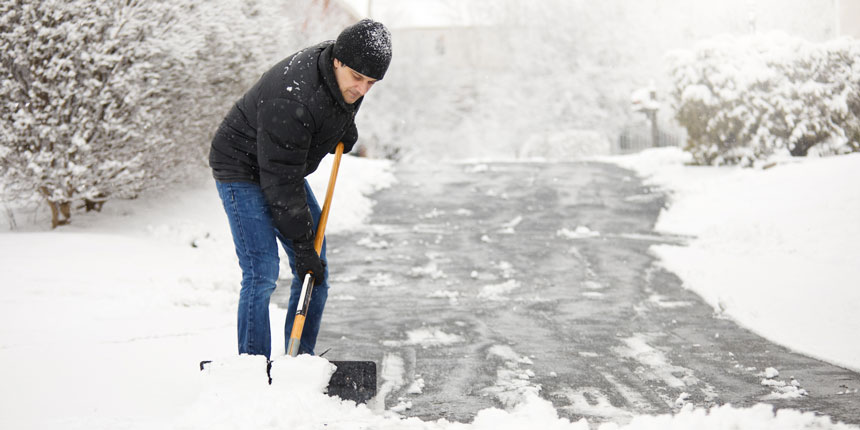Health+
Top 10 Tips for Shoveling Snow Safely

Make this winter chore safe and easy with these techniques
Winter storms have hit Massachusetts, which means many of us will be out shoveling snow. Before you don your gloves, hat and coat and get to it, here are 10 tips to prevent injury and make the task easier:
- Shoveling snow is moderate to intense physical exercise, so be sure to ask your primary care provider whether or not you are healthy enough to handle shoveling duties. If you have cardiovascular disease and are at risk, leave the shoveling duties to someone else.
- Choose a lightweight, moderately sized shovel that is ergonomically designed to make the job as efficient and safe as possible.
- Drink plenty of water before and after shoveling.
- Dress warmly and wear layers of clothing that you can remove to keep your body temperature comfortable as you work.
- Wear comfortable winter boots or walking shoes with rubber treads and waterproof soles. To avoid slipping, take short, careful, flat-footed steps, spreading your body weight as evenly as possible across the entire surface of your feet.
- Before you begin, stretch your back, shoulder, arms and legs to avoid muscle strains.
- Consider shoveling every few hours so that you won’t have to shovel large amounts of snow all at once. And remember that wet snow is heavier than dry, fluffy snow.
- Try pushing the snow instead of lifting, if possible.
- If you must lift, be sure to bend your knees and use your legs to avoid back injury.
- Rest often. If you feel chest pains or light-headedness, stop shoveling immediately. If symptoms persist, seek medical attention.
